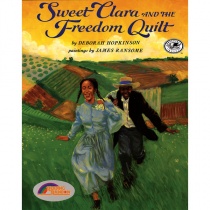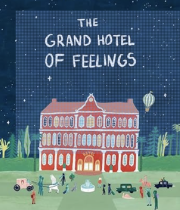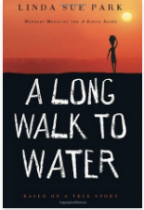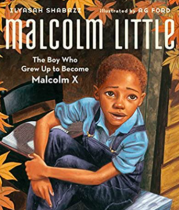I recently started taking over a large portion of the classroom including classroom transitions, transitioning to and from the bathroom, morning circle time, afternoon circle time and small group activity time. I must admit that taking over the classroom in the midst of three other teachers was a bit intimidating. Nevertheless, I do think that I have learned many things that I did not expect to learn during this student teaching process.
Overall, taking over the classroom a little bit at the time has greatly improved my classroom management skills. I began my student teaching experience only using a whisper to get the student's attention. However, by watching Mrs. Armbruster, Mrs. Perovich and Mrs. Blizman, I soon began using the small sing-song like jingle to quiet the students before beginning my lesson. In addition, I used a silent "copy my rhythm" game as well as various yoga poses to attract student attention.
Occasionally, I even played a fast scale up and down my flute to attract student attention. Although I wanted to play my flute more, it was a bit difficult to find time to do so in the midst of running circle time, quickly transitioning to small group activity time, cleaning up before lunch, taking the children down to lunch and then eating with them during lunch time. Nevertheless, this is certainly something to think about for my next placement. I think music is therapeutic for many children and when I have my own classroom I do hope to share my flute playing and piano playing with my students.
In addition to classroom management skills, taking over the classroom forced me to realize that flexibility is key and perfectionism is never achievable. I must admit that I am a perfectionist, but whenever I had a lesson that did not go quite as planned or the students weren't quite as cooperative as they could have been, I remembered that it wasn't completely my fault. Some days, delivering the lesson was less stressful than other days. However, as I learned this summer, there are many factors that determine whether or not a lesson may be successful on any given day and unfortunately many of these factors we cannot always control. Here are the lessons I learned in regards to lesson planning and the delivery of a lesson:
1. Knowing how long a lesson will last or how long a lesson will be is extremely difficult for a young teacher to figure out. On some days, students could handle a thirty minute or longer lesson and on other days students could barely handle a fifteen minute lesson without losing focus. I know that this time management comes with experience, and I am trying to be patient with this matter.
2. Flexibility seems easy but requires work. I realize this is a bit of a paradox but allow me to explain. For those individuals who think that teaching simply happens without preparation, they certainly are mistaken. However, the more you teach the easier it becomes to focus less on the lesson itself and more on the flexibility of the lesson. I must admit that although there were a couple of lessons where I decided not to read a book or do an activity due to time, I did try to follow my lesson. I am convinced that unless someone has consistently been teaching in the classroom for at least a couple of years, careful planning is necessary. Flexibility certainly becomes easier with time because the teacher has found his or her own comfort level and knows what to alter and when to alter it. I was in awe at many of my teachers in the classroom who simply ran circle time without any preparation at all. I realize now that flexibility comes with maturity, and I hope to achieve this when I am student teaching next year, and I am in the classroom for five days a week every single day. Again, this is something that comes with time, and I know I must be patient.
3. If you are excited, the students will be excited. Despite how tired I was on some occasions, I must say that throughout this entire student teaching experience I truly tried my best to excite my students and fill them with the magic of new books and songs and stories and games in any way that I could.
4. I have learned throughout this whole process that inclusion is incredibly difficult. There were so many days where I wanted to help one particular student who was struggling and find a behavior management system that would work and unfortunately, I was unable to achieve this. However, I also learned that it is these challenging students that give us hope. They give us hope to better ourselves, to better our teaching styles and to better ourselves as people. The challenging students simply exist so that we challenge ourselves as teachers.
5. We are all human. Though this sounds simplistic, it is sometimes a complex process to follow.. I have learned that I am a human, and I sometimes have difficult days. However, I have also learned that teachers must realize that our students are human as well. Some days are good days and some days are bad days. During the bad days, it is essential that we continue on with our day as best as we can.
6. It is okay to take risks and to see what comes of it. I must say I really did take a lot of risks in my lesson planning this semester, and despite some minor setbacks, I learned more than if I had simply read a book or played a youtube video during my lessons. We played games that sometimes ended in one individual crying or sometimes did not work at all due to a student shouting out the answers. I had the students act out skits the first time which was excellent but the second time which was not as wonderful. I created book that lead to mysteries, I played my flute, we played yoga games, I showed a picture of my brother, we tried sorting, we tried reading sentences using Native American symbols and we even tried making a list of games that Native American children used to play. During the beginning of my lesson we sang chants and completed finger plays and listened to oral storytelling.
I realize that at times my lessons may have been a bit unwieldy. However, I also realize that this is a learning process. The lessons I prepared were not flawless, but they were all built and created and implemented from the heart.










